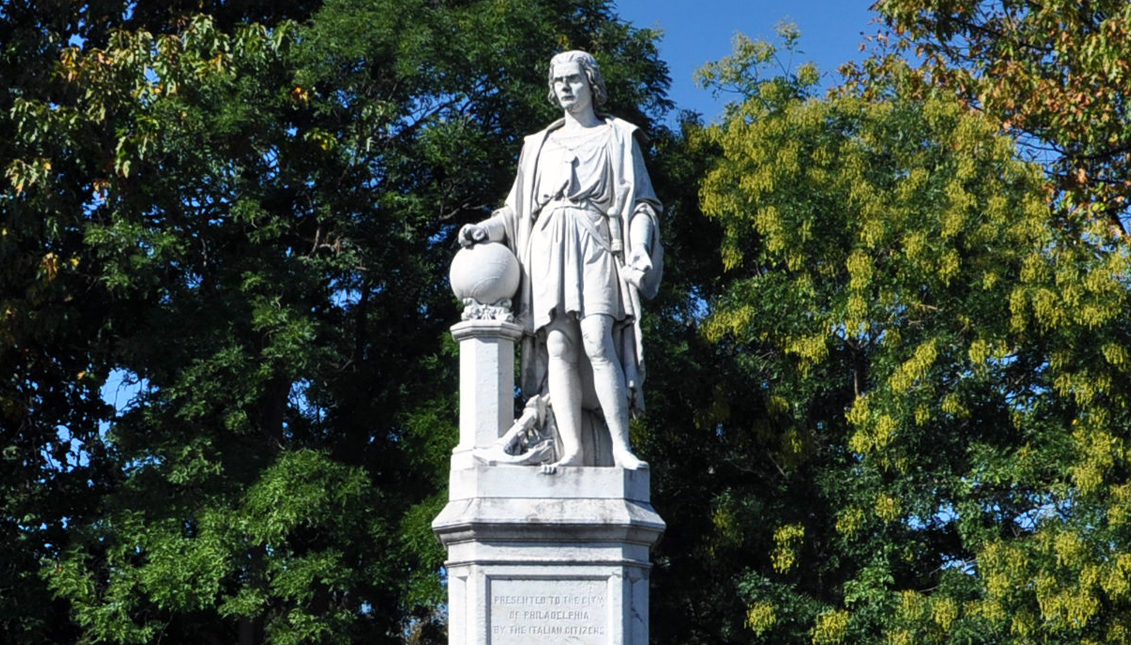
Columbus Day faces extinction | OP-ED
MORE IN THIS SECTION
The statue of Christopher Columbus remained covered by a wooden structure during Columbus Day celebrations in Philadelphia.
The monument, located in Marconi Plaza, has remained that way since last summer when, during protests over the assassination of George Floyd, supporters of the statue -with guns and bats- clashed with people trying to vandalize it.
And although Mayor Jim Kenney has been trying for more than a year to remove the statue permanently because it represents a “public safety” problem, he has not been allowed to do so.
What he did manage to do earlier this year was to put an end to Columbus Day in Philadelphia. By executive order, starting this year it will be renamed Indigenous Peoples’ Day.
The decision is just one of many that seek to revise what Columbus represents in times of historical revisionism.
Starting this year it was renamed to Indigenous Peoples' Day.
In an investigation by The Washington Post and MIT, it was found that 40 Columbus monuments were removed between 2020 and 2021. According to the report, 130 remain standing.
There are more than 60 cities and counties in the U.S. that pay tribute to Columbus. There are some 6,000 references to the Genoese throughout the country, and after Lincoln and Washington he is the most commemorated character.
RELATED CONTENT
In reality, Columbus came to prominence hundreds of years after the “discovery”, when patriots were looking for a figure to amalgamate the new country. It was enough that he was not British. Soon the country was filled with references.
The figure of Columbus in the U.S. would later serve the Italian Americans and Catholics who were seen as inferior to the northern Europeans, because just as they saw Columbus as a hero and a symbol of American identity, the new Italians could also fit in.
The problem is that for the communities these symbols represent violence, racism and genocide. Columbus himself was accused of tyranny - he almost exterminated the Taino Indians - and was removed as governor of Hispaniola.
This episode puts us again in the dilemma of which story to accept, that of a genius in cartography who acted according to a system of beliefs and values different from today’s, or a barbarian with a personal responsibility, because even for his time he went too far.
And what if we understand both sides of the coin and act with respect, something that 429 years later we have not been able to achieve.







LEAVE A COMMENT:
Join the discussion! Leave a comment.